|
|
|
Книги Catling Simon

|
Collins First Atlas is a fun, simple atlas for 4-6 year olds which provides an introduction to basic geographical and atlas vocabulary. Its features include: bright colourful mapping, covers the British Isles, Europe and the wider world, selective use of names and map detail, ideal for the younger user, and clear simple text accompanies each map. |

|
This structured map skills course uses a simple colourful layout to introduce young pupils to using and drawing maps and plans. Mapstart 1 is a structured introduction to map work for 6-7 year olds. It assumes no previous experience of map skills and establishes a sound foundation for graphic concepts, skills and vocabulary at a very simple level. Mapstart 1 has been designed with the following purposes in mind: to build children's spatial awareness through the use of familiar objects, toys, the locality of the school and space photos; to extend children's understanding and use of vocabulary associated with spatial location, organisation and movement; to provide continuity through the book by the use of vertical aerial photos; to introduce children to the perspective of plans and maps and to the representational characteristics of maps; to encourage children to observe features and relationships in oblique and vertical photos and maps; to foster children's appreciation of the Earth as a globe. |

|
Mapstart 2 is part of a structured map skills course which uses a simple colourful layout to introduce young pupils to using and drawing maps and plans. Mapstart 2, a course for 7-11 year olds, helps develop the basic skills of map work in Mapstart 1, by introducing the nature and characteristics of plans and maps. Atlas maps of the UK, Europe and the World are introduced for the first time. The atlas deals with the concepts of Perspective, Symbols and keys, Varieties of maps, Direction and location, Scale and measurement. It has been designed with the following purposes in mind: * to reinforce and extend children's experience, understanding and use of maps; * to extend understanding of mapping and spatial vocabulary; * to extend use of mapskills, including reading aerial photos, using symbols and a key, compass directions, alpha-numeric co-ordinates for giving grid references, an index, and scale bars for measuring straight line distances; * to extend skills in identifying features and places on maps and in giving and following routes; * to develop awareness of the British Isles and the wider world, by encountering many of the places specified in the curriculum; * to show the link between large scale and small scale maps; * to help children begin to appreciate that any map is selective. A free file of answers to questions in Mapstart 2 is available free to download at. |
|